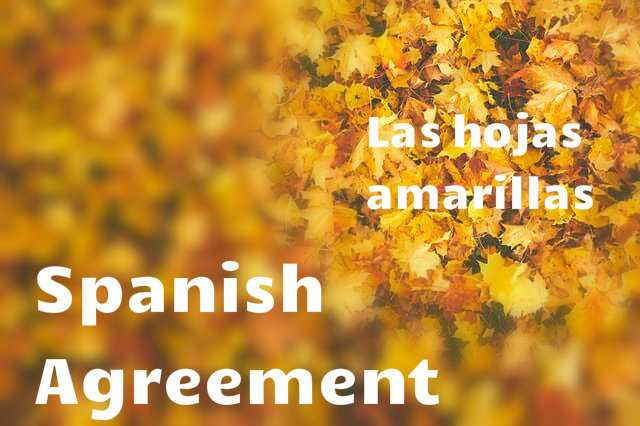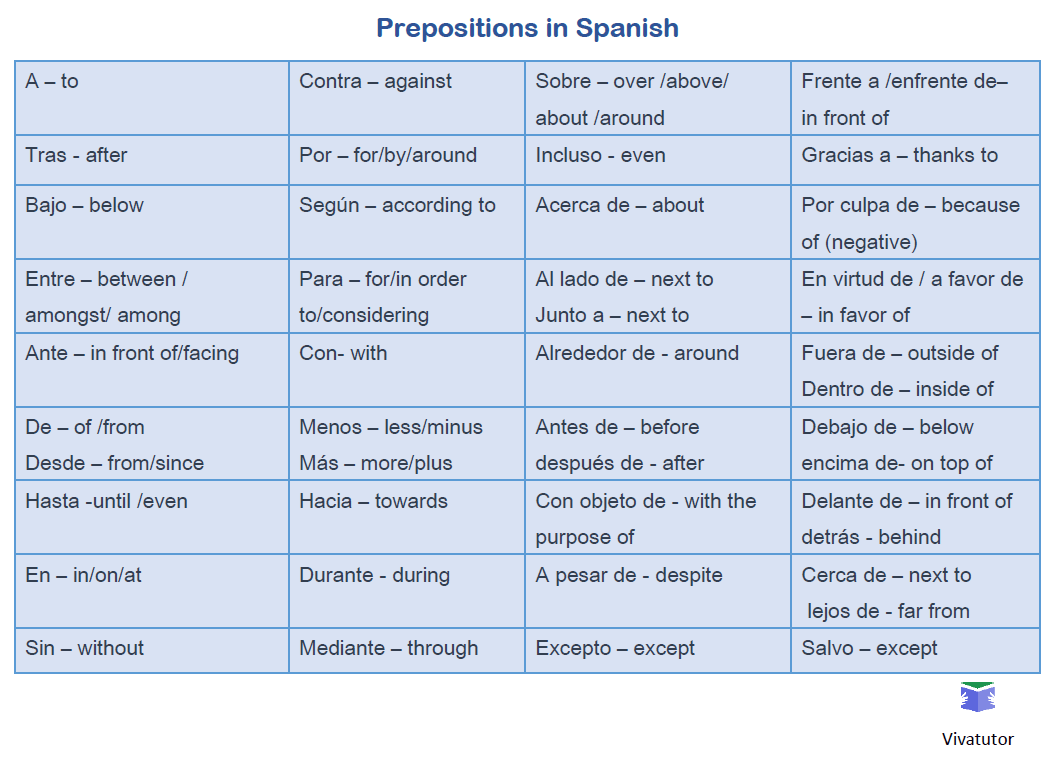Spanish agreement by types of words

NOUNS
Nouns are: things, people, places and abstract ideas.
Ex: lámpara, felicidad, gente, amigo, casa, lago, mesa - lamp, happiness, people, friend, house, lake, table.
For the most part we can guess the gender of a noun just by looking at it. If it ends in an -a, it’s most likely to be feminine, and if it ends in an -o, it’s most likely to be masculine.
However, it’s not a perfect science, so you can read this blogpost on tips to know if a word is masculine and feminine and that includes groups of words that follow one gender (letters are feminine, time too, numbers are masculine), and also a list of words that end in -a but are masculine.
ADJECTIVES
In Spanish, we have a rule that called “agreement” that in general terms consists on the words around the noun to “agree” with the noun in gender and number.
That means that, for example, if I say that a car is yellow, the word “yellow” has to have the same gender and number than “car”.
That applies to adjectives, most of them are what we say “quality words”, or “describing words”, like the words that say that something is of a certain colour, someone has a certain quality, etc.
Usually, if an adjective ends in an -o, you can suppose that's the generic/masculine form, and end it with an -a to make it feminine.
In plural, it'd be -os (masc) and -as (fem).
Ex: limpio/a/os/as (clean)If it ends in an -e, or -ista is not going to change in gender, but add an -s for plural.
Ex: verde/s (green), idealista/s (idealistic).When they end in a consonant, they don't change in gender either, but they do for plural. We add -es (instead of -s only).
Ex: Azul/ azules (blue)
If it ends in -z, we also change the -z to -c:
Ex: feliz / felices (happy)If they end in -or or -on, we add an -a for feminine, and an -s for plural. Ex: trabajador/a (hard working) / cabezón/cabezona (stubborn).
But there are other words that also change according to this and we don’t usually thing of as adjectives, although they are:
- Determiners: Este,esta,estos,estas / ese,esa,esos,esas
(Esto,eso,aquello are neutral, we use them when they don’t refer to a word, so no agreement)
Learn more about determiners here.
- Words for amount – mucho,mucha,muchos,muchas / poco,pocos,poca,pocas / bastante/s, suficiente/s…
ARTICLES
They go before the noun:
Defined: el,la,los,las.
Undefined: un, una, unos, unas.
“Lo” is neutral, general, doesn’t refer to a word, so no agreement, and usually is translated as "the thing".
VERBS
Verbs don’t agree in gender, but they agree with the subject in number, and of course they follow a tense.
Ex: Yo como arroz – “como” is the form in present tense, for I.
Vosotros comeríais arroz- “coméis” is the form in conditional, for you guys.
There are three forms of the verb that don’t change at all:
- Infinitive – to do something- they end in -ar, -er, -ir.
- Gerund- doing something (-ing in English) – they end in -ando/-iendo apart from some irregulars that end in -yendo.
- Participle – done – regular ones end in -ado/ido and there are some regular ones like “visto” -seen.
PRONOUNS
Pronouns refer to the noun and replace it. There are several types of pronouns, and all of them agree with the person and some a bit more, let’s see:
For example:
Subject pronouns are I, you, he, she, it, we, you guys (you plural) and they. Those are the options you have.
Indirect pronouns: me, te, le, nos, os, les. Le/les change to “se” if they go before “lo/la/los/las”, but that has nothing to do with agreement.
Pronoun “se”, impersonal, passive… it doesn’t change.
The pronoun “ello”, it for after preposition, doesn’t change.
Tonical pronouns: mí, ti, él/ella/sí, nosotros, vosotros, ellos/sí.
Object pronouns are: me, te, lo/la, nos, os, los/las. – in this case, in the third person you agree with the gender.
Words that don't change at all, ever.
- Adverbs
They express time (tomorrow, now, before…), closeness or place in relation to something (far away, close, there, here), method or the way something is done or felt (carefully, like that, strongly, easily, slowly, badly, well…), intensity or frequency (a lot, a little bit, quite a lot, enough, almost), doubt (maybe, probably…), question words (where, what, how much…).
- Conjunctions
And, or, with, nor, already, but, otherwise, than, as, because, then, so, although, therefore, as long as, if, so that, even though, … and other links like these.
Interjection – these words express reaction and are very independent: ¡oh! ¡ah!, ¡hey!, Bueno, wow…
Prepositions – of, from, since, in, at, on, against, between, for, by, unless and phrases with these at the end (in front of…).
This is a table with all prepositions and prepositional phases (they’re easy to spot because they end in one of those tiny prepositions (en, de, por, para, …).
Hope that helped!
Big thing this "agreement" business!
Just remember mostly about the articles (the/a) and the adjectives (describing words) to have the same gender and number as the noun they refer to.
The rest verbs you'll learn with your grids tense by tense, and the pronouns gradually will be more and more familiar, and that's agreement sorted.
Keep at it and ¡Hasta pronto!
